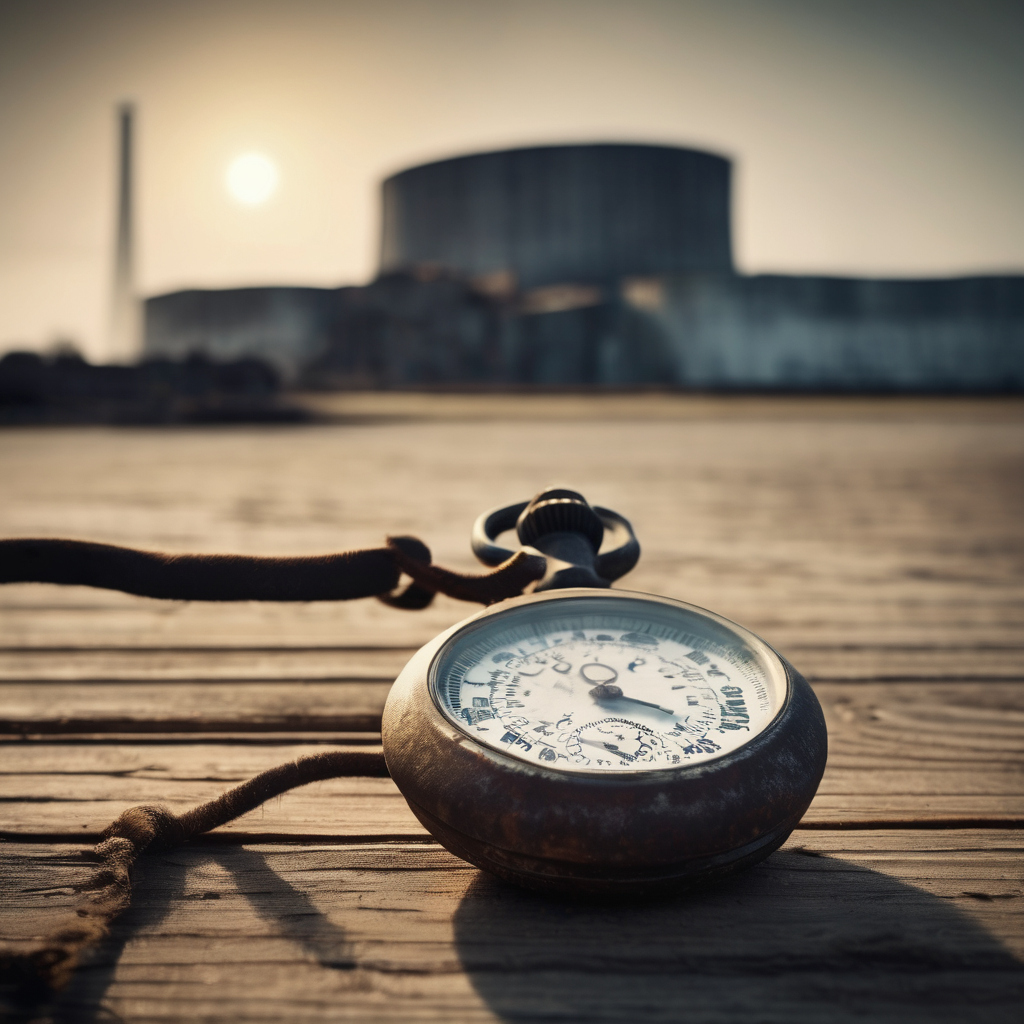Kathryn Bigelow, the renowned filmmaker and the first woman to win an Oscar for Best Director, is delving into profound themes concerning mortality and global security in her latest project, “A House of Dynamite.” The film tells a harrowing tale of a nuclear missile aimed at a U.S. city and the unfolding chaos that ensues, prompting audiences to confront the reality of nuclear threats. Bigelow expresses her hope that viewers will leave the theater with the same level of concern she holds regarding the risks of nuclear war.
At nearly 73 years old, Bigelow exudes an aura of calm and strength as she reflects on her childhood experiences during the Cold War. Memories of “duck and cover” drills haunt her, underscoring a time when impending nuclear danger shaped the lives of children. “I grew up hiding under my desk,” she recalls, revealing a stark reminder of her early awareness of nuclear threats.
“A House of Dynamite” marks a return to contemporary issues after Bigelow’s previous film, “Detroit,” which focused on racial violence in the 1960s. The new film juxtaposes the trivial distractions of modern life—often amplified on social media—with the very real danger posed by nuclear weapons. Bigelow emphasizes that this peril is rarely discussed in conversations dominated by other social issues, stating, “It’s crickets out there. It isn’t on TikTok, so it doesn’t exist.”
With a talented cast, including Rebecca Ferguson as a White House security analyst and Idris Elba as the U.S. president, the film explores who is responsible for launching the missile while tension mounts with potential retaliatory strikes. It aims to illustrate the dire implications of such actions and how they overshadow everyday concerns.
Bigelow, who has carved out a unique place in the film industry, has often challenged traditional genres and norms. Known for her films that tackle issues like war, as seen in “The Hurt Locker” and “Zero Dark Thirty,” she is recognized for her ability to blend intense action with critical social commentary. Actors who have worked with her, like Tracy Letts, describe her as a calm presence amid the industry storm, reflecting her dedication to filmmaking and meaningful stories.
While crafting “A House of Dynamite,” Bigelow has confronted the realities of nuclear dangers directly, revisiting themes she first grappled with while making “K-19: The Widowmaker,” a story about a Soviet nuclear submarine almost causing a catastrophe. She notes the continuity of the nuclear threat, revealing that during the 1990s, many believed nuclear weapons would disappear, only to realize that the possibility of global disaster remains omnipresent.
Despite the dark subject matter, Bigelow reveals a glimmer of hope for humanity’s capacity for responsible decision-making with the right information. She urges viewers to consider their role in the global landscape, particularly regarding nuclear arms, climate change, and civic responsibility. “We are our own villain. Humanity made the bomb; at some point, we have to deal with it,” she asserts.
Looking toward the future, Bigelow acknowledges the evolving nature of filmmaking in an age where artificial intelligence is increasingly discussed. While she says she would avoid using AI in performance-related contexts, she remains intrigued by its implications for the industry. Yet, despite the challenges ahead, she is determined to continue pushing boundaries in her storytelling.
In the end, “A House of Dynamite” serves as both a gripping narrative and a wake-up call, encouraging audiences to contemplate critical global issues and emphasizing the importance of being engaged and informed citizens. Bigelow’s artistry shines through, reinforcing her status as a pioneering director whose work remains relevant and thought-provoking.
